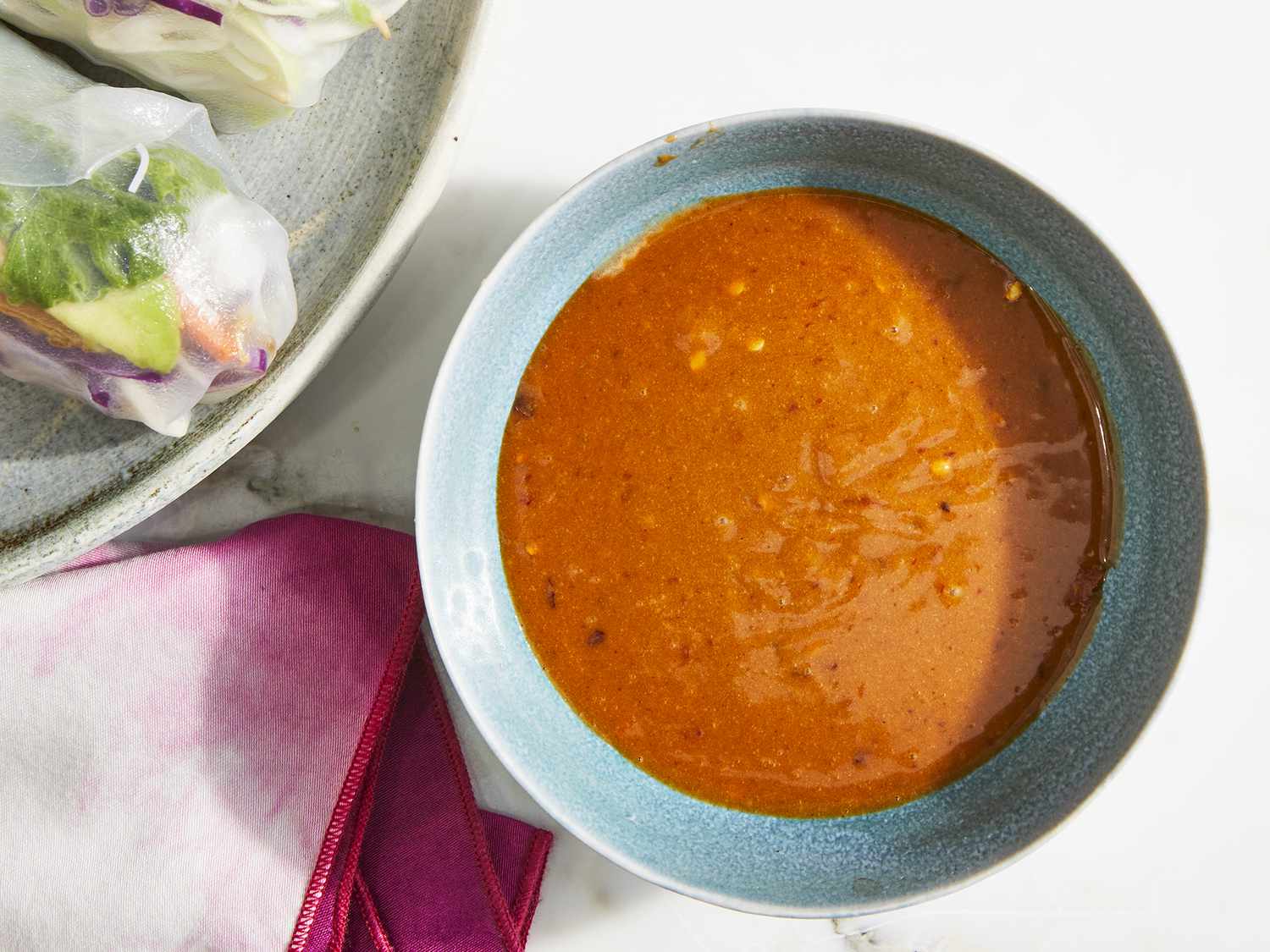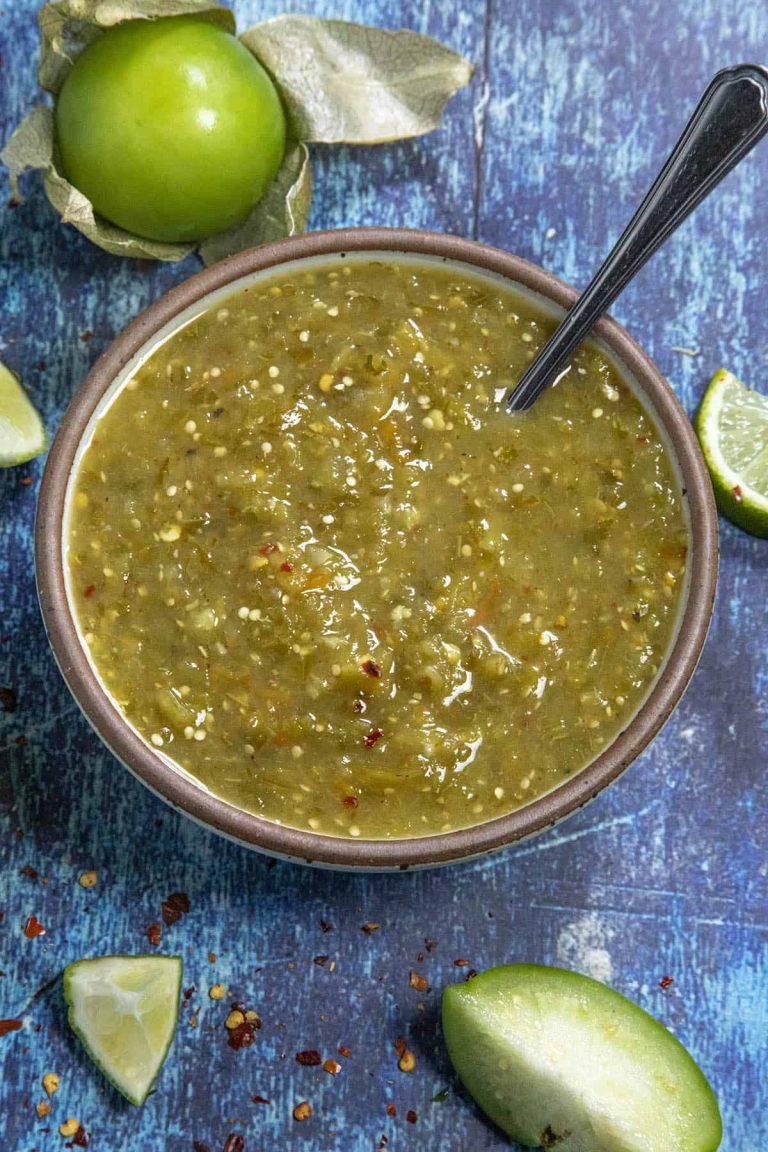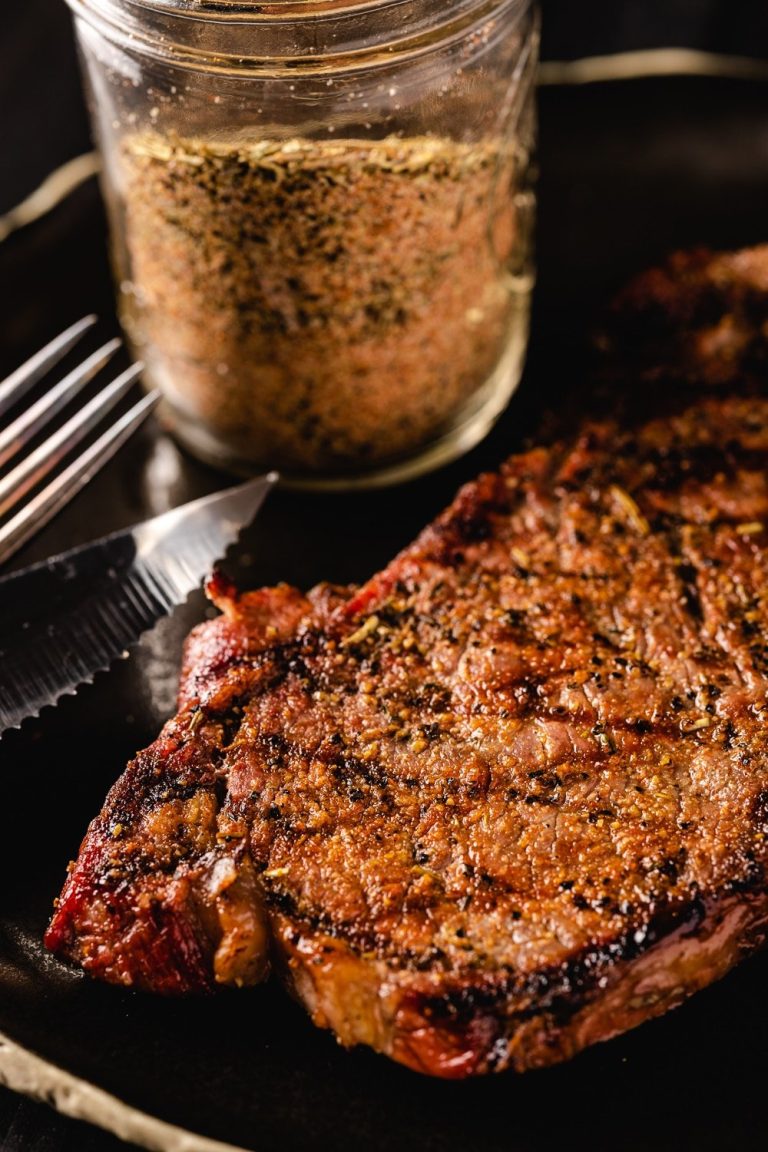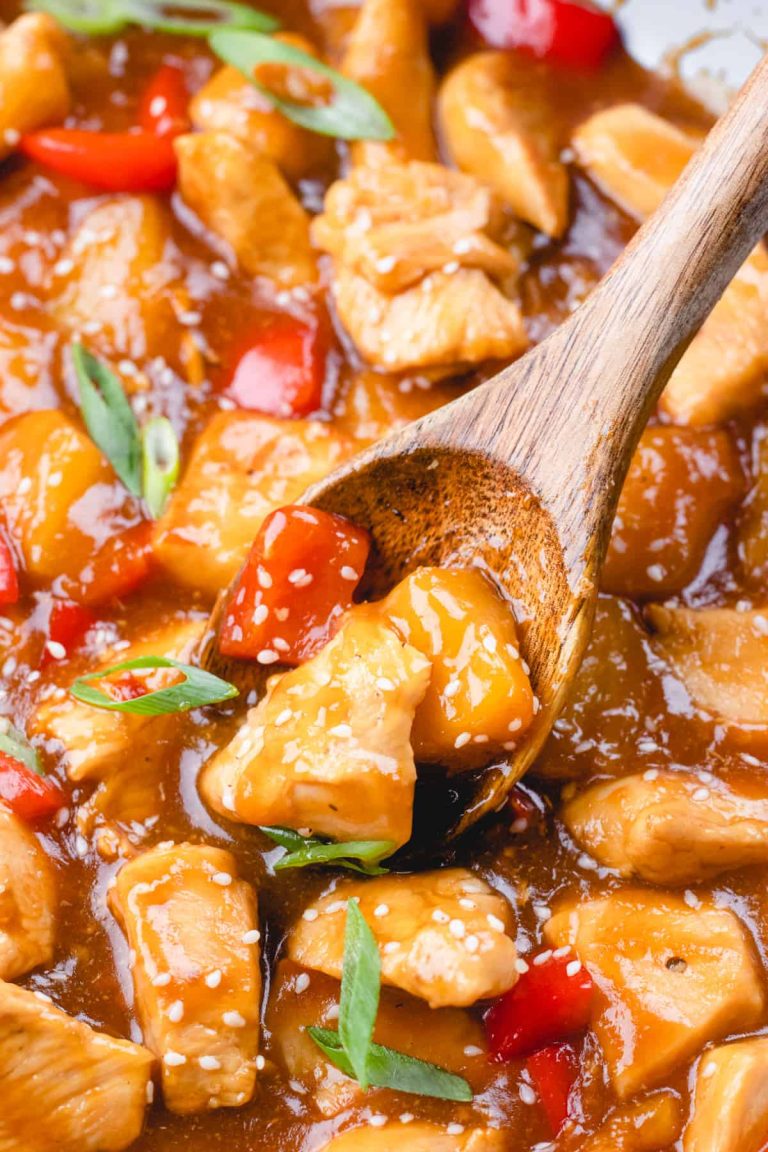Spicy Thai Peanut Sauce: Recipes, Origins, and Nutritional Benefits
Spicy Thai peanut sauce originates from Thailand, where it holds a significant place in Thai cuisine. It’s deeply embedded in the culinary traditions of the region, often appearing in street food stalls and family meals. This sauce isn’t just a condiment; it’s a reflection of Thai culture, known for its balance of flavors and use of indigenous ingredients.
Key Ingredients and Flavor Profile
The key ingredients form the unique flavor profile of spicy Thai peanut sauce. Peanut butter offers creaminess, while red curry paste contributes heat. Soy sauce adds umami, lime juice provides acidity, and honey offers sweetness. Garlic and ginger enhance the aromatic quality. These elements together create a harmonious blend that’s both spicy and savory, making the sauce versatile for various dishes.
Culinary Uses of Spicy Thai Peanut Sauce
In Traditional Thai Dishes
Spicy Thai peanut sauce enhances many traditional Thai dishes, providing a rich, nutty, and spicy element. In Pad Thai, the sauce coats rice noodles with a savory, tangy taste. Satay skewers become more flavorful when dipped in this sauce, as it complements the grilled meat’s smokiness. For fresh spring rolls, this sauce acts as a delectable dip that combines well with the rolls’ crisp vegetables and shrimp. Classic Thai salads like Som Tum (green papaya salad) also benefit, as the sauce adds complexity to the dish’s flavor profile.
In Fusion and International Cuisine
Spicy Thai peanut sauce integrates well into fusion and international dishes, adding a unique twist. Drizzle the sauce over tacos for an unexpected, delightful flavor. In pasta dishes, it serves as an innovative creamy sauce, blending with elements like grilled chicken or tofu. Use it as a dressing for salads that mix ingredients from different cuisines, providing a cohesive taste. The sauce’s versatility extends to sandwiches and wraps, where it introduces a spicy kick and creamy texture. Even pizza gets an upgrade, with the sauce substituting traditional tomato-based sauces for a bold new flavor profile.
Health Benefits and Nutritional Information
Nutritional Content Breakdown
Spicy Thai peanut sauce offers a rich nutritional profile. Each serving typically contains essential vitamins, proteins, and healthy fats. The primary ingredient, peanut butter, contributes several key nutrients:
- Calories: A standard serving (2 tablespoons) provides approximately 190-210 calories.
- Protein: Peanut butter offers about 7-8 grams of protein per serving, supporting muscle and tissue health.
- Fats: Contains around 16 grams of fat, with the majority being heart-healthy monounsaturated and polyunsaturated fats.
- Carbohydrates: Generally, there are 6-8 grams of carbohydrates per serving, contributing to your daily energy requirements.
- Fiber: Provides about 2 grams of dietary fiber, aiding digestion.
- Vitamins and Minerals: Rich in vitamins E and B3 (niacin), and minerals such as magnesium, iron, and potassium.
Additional ingredients like red chili peppers, soy sauce, and lime juice also contribute vitamins A and C, antioxidants, and essential amino acids.
Health Benefits of Ingredients
Spicy Thai peanut sauce not only tastes great but also offers numerous health benefits due to its ingredients:
- Peanuts: Packed with protein and healthy fats, peanuts contribute to heart health and weight management. They also contain antioxidants like resveratrol that combat oxidative stress.
- Red Chili Peppers: High in capsaicin, these peppers may boost metabolism and reduce inflammation. Capsaicin can aid pain relief and improve cardiovascular health.
- Garlic: Known for its immune-boosting properties, garlic offers compounds like allicin that help fight infections and support heart health.
- Ginger: Contains potent anti-inflammatory and antioxidant effects, ginger can aid digestion and reduce nausea.
- Lime Juice: Provides a good source of vitamin C, which supports immune function and skin health. Lime juice can also enhance iron absorption from other foods.
Integrating spicy Thai peanut sauce into your meals can provide these nutritional benefits while adding vibrant flavors to your dishes.
Recipes Featuring Spicy Thai Peanut Sauce
Classic Pad Thai with Spicy Thai Peanut Sauce
Classic Pad Thai transforms into an irresistible dish when you add spicy Thai peanut sauce. Start with rice noodles, which add a chewy texture to the dish, and follow with sautéed shrimp, tofu, and eggs. For rich flavor, stir in the spicy Thai peanut sauce, providing a nutty and spicy kick. Top with bean sprouts, green onions, and crushed peanuts to enhance the flavors and add a crunch. This combination showcases the sauce’s versatility, joining traditional elements like tamarind paste and fish sauce with a bold twist.
Innovative Recipes for Modern Kitchens
Expand your culinary repertoire with innovative recipes that feature spicy Thai peanut sauce. Create a unique fusion by adding the sauce to quinoa bowls, incorporating ingredients such as edamame, bell peppers, and shredded carrots to complement the spiciness. Explore using the sauce as a salad dressing for kale and avocado salads, mixing it with lime juice and a touch of honey for added tang. For a protein-packed snack, toss roasted chickpeas in the spicy Thai peanut sauce, offering a flavorful bite that combines heat and crunch.
Conclusion
Spicy Thai peanut sauce isn’t just a condiment; it’s a game-changer in your culinary repertoire. Whether you’re enhancing classic dishes like Pad Thai or experimenting with fusion recipes, this sauce brings a unique blend of flavors and health benefits to your table. Its versatility ensures that you can enjoy it in a variety of meals, making it a staple in any kitchen. So, get creative and let this spicy, nutty delight transform your cooking.






